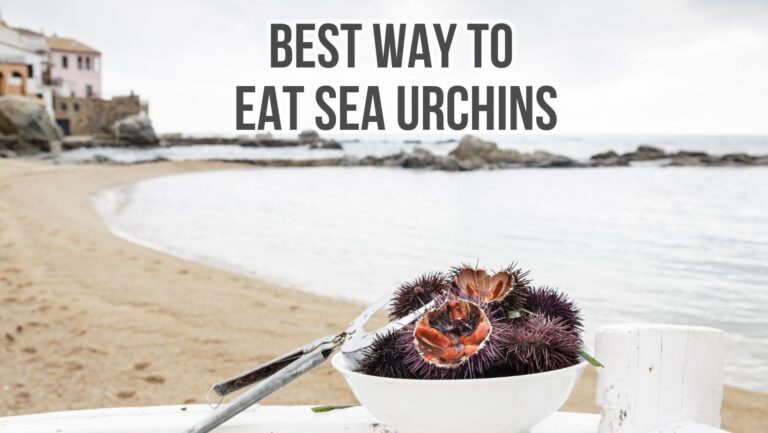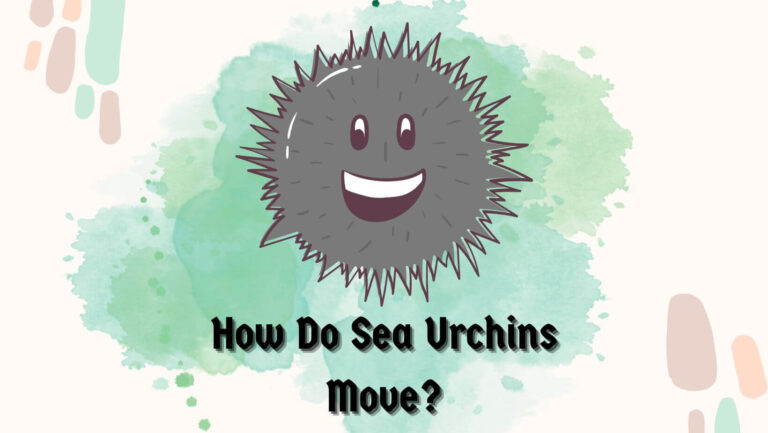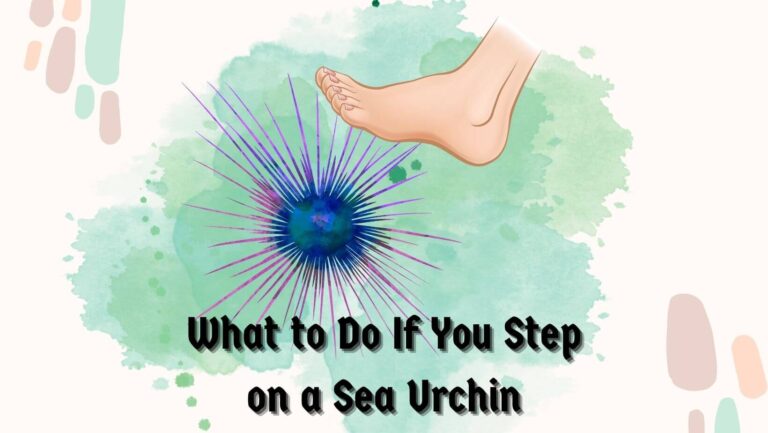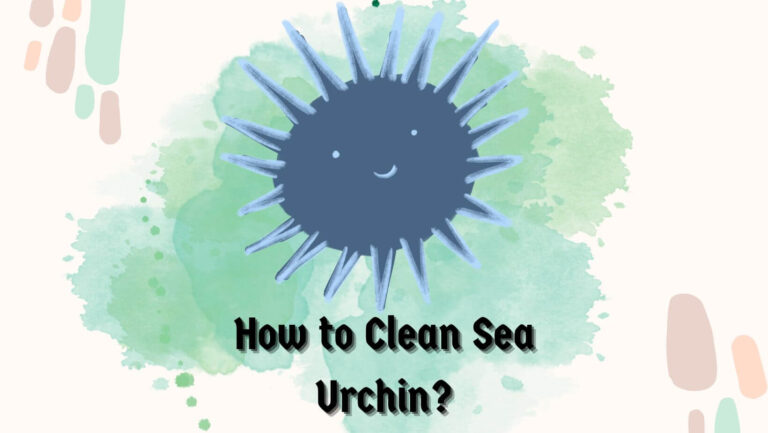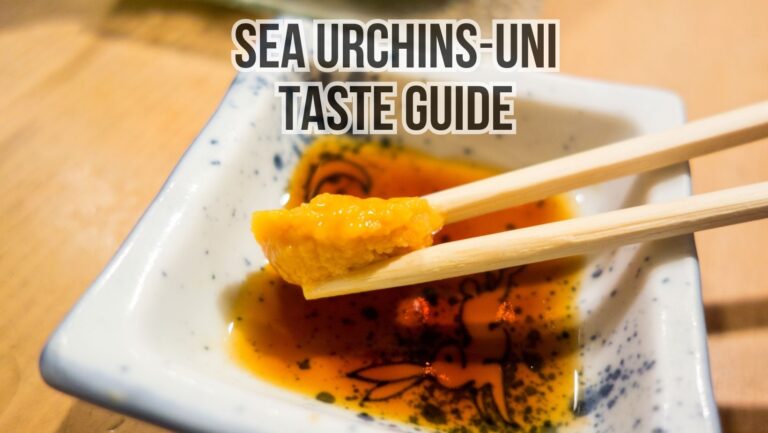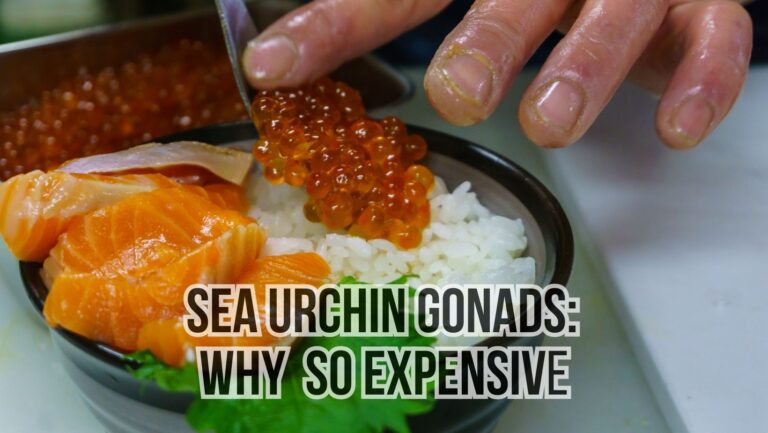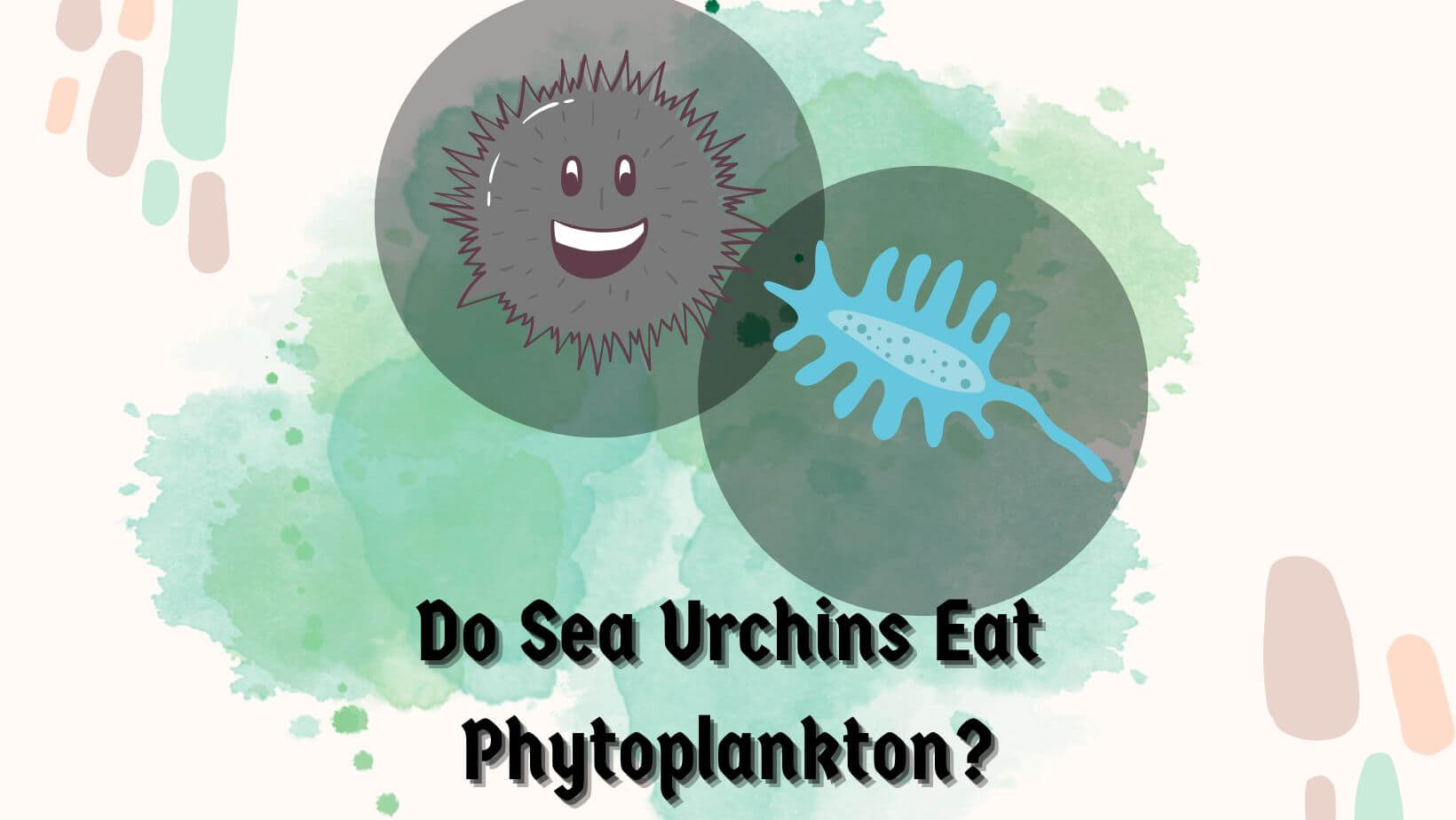
No doubt, sea urchins are fascinating creatures that play a vital role in the Marine ecosystem. Understanding their diet will help you gain some valuable understanding of their ecological impact and overall ecosystem dynamics.
People often wonder, ‘Do sea urchins eat phytoplankton,’ the microscopic Marine plant that usually thrives in the ocean surface water? In this article, I will help you learn about the relationship between sea urchins and phytoplankton conservation because there are some intricate connections within the Marine ecosystem you should know.
Table of Contents
Do Sea Urchins Eat Phytoplankton?

Yes, sea urchins do feed on phytoplankton. When sea urchins start their journey, they tend to float on the water’s surface, primarily feeding on microscopic organisms, including phytoplankton.
Later, this submerges into the water as a juvenile and then grows into adulthood while feeding on varieties of kelps and algae. Larvae get easy access to phytoplankton and float in the water column.
When they become adults, sea urchins use their specialized feeding structure called the Aristotle lantern, a complex mechanism consisting of 5 teeth to scrape and graze on different types of algae, including phytoplankton.
Sea urchins are primarily herbivorous Marine creatures, but a few species can also be carnivorous. Even though those sea urchins are known to feed on microalgae primarily, they can also feed on phytoplankton when accessible in the surrounding area.
You should note that the sea urchin’s diet can vary depending on factors like the abundance & availability of different food sources in their environment. In rare cases, sea urchins have also been noticed feeding on cucumbers.
If you want to know ‘Do sea urchins eat sea cucumbers,’ check this guide out. In any area where phytoplankton is plentiful, sea urchins may actively feed on it as a significant part of their diet.
Their feeding references can also be influenced by the presence of other food sources and their physiological requirements. Since they usually inhabit Rocky coastal areas, coral reefs, and seagrass beds, they don’t need to feed on phytoplankton.
Since diet plays a crucial role in the growth and reproduction of sea urchins, food availability directly affects energy intake and overall health. Therefore, let’s take a quick look at the consumption of phytoplankton more in-depth to gain more insights into their intriguing feeding habits & diet structure.
Sea Urchins’ Consumption of Phytoplankton

Many studies have provided valuable insights into the preferences & consumption patterns of sea urchins regarding phytoplankton tone. In a few studies, you can find that sea urchins, as larvae, choose to feed microscopic phytoplankton.
However, as per sciencedirect, a few laboratory field trials also reveal that sea urchins prefer diet diatom species, a phytoplankton type, over other phytoplankton species. Well, this is quite surprising. Interestingly, another field observation indicated that sea urchins consumed phytoplankton in the summer month when their availability was higher.
Also, it was found that increased phytoplankton availability led to a higher sea urchin density, especially In a manipulating seawater flow. You should know that this study aimed to highlight the complex relationship between sea urchins & phytoplankton, which also suggested that sea urchins feed on phytoplankton, particularly the diatoms.
And their feeding habit can always be influenced by seasonal variations and phytoplankton availability. They’re not only famous for amazing spines & colorful appearance but also for intriguing behavior.
Therefore, knowing about them can provide valuable insights into their hard exoskeleton, habitat, species, and recipes. Yes, sea urchins are also considered a delicacy in many cuisines worldwide.
Recent Posts
Impact of Sea Urchins on Phytoplankton Communities
No doubt that sea urchins feeding habits and behavior can also have significant ecological implications. However, there is no problem with sea urchins consuming phytoplankton because they exert control over phytoplankton biomass & composition in their respective environment.
By grazing and eating on phytoplanktons, sea urchins regulate the abundance & diversity of these microscopic plants. You should know that this trophic interaction between the phytoplankton & sea urchins also influences the structures & dynamics of marine ecosystems, further impacting other organisms, particularly those who depend on phytoplankton as a food source.
Management Strategies for Sea Urchin Populations
As I told you, sea urchin populations and the phytoplankton community dynamics are usual for maintaining a healthy Marine ecosystem. We should practice sustainable harvesting for sea urchins to help that population control and mitigate potential ecological impact.
We must balance the sea urchin population by taking conservation measures. However, many conservation measures have already been implemented to protect phytoplankton, as they are important for sea urchins and the entire Marine food web.
Conclusion
I hope I have given you all the valuable insights on the question: do sea urchins eat phytoplankton’, how, and to what extent? It is important to understand the diet of sea urchins, particularly their consumption of phytoplankton, which provides valuable insights into the intricate web of relationships within the Marine ecosystem.
As I told you, many research and studies have already shown that sea urchins consume phytoplankton with a preference for diatom, and the availability of phytoplankton and seasonal variations may also influence their feeding habits.
You should know that sea urchins are not only visually appealing due to their striking color and amazing spherical structure but also for their intriguing behavior. You should also note that sea urchins are considered a delicacy in many cuisines worldwide.
We have also shared many articles on sea urchins recipes that you can enjoy and elevate your dining experience. We have added some amazing fun facts about sea urchins to check out.
I hope I gave you all the information you need to know: do sea urchins eat phytoplankton? If you find this article helpful, then consider sharing it. Your share will not only help people learn about the answer to the question:
do sea urchins eat phytoplankton? but also make them know ‘how sea urchins eat phytoplankton’ and to what extent. Do check our other helpful guide on sea urchins’ behavior. See you in the next post, till then, take care and goodbye.

